Gallery
Thermography
Thermography - a brand new module for functional diagnostics of pathological processes in musculoskeletal system and organs based on a safe and non-invasive method of medical thermography (thermal imaging).
Thermography is an innovative diagnostic method based on measuring temperature gradients of the thermal field in the infrared range of electromagnetic radiation of a human body. There is a deep connection between changes in temperature gradients on human skin and processes occurring in the body.
The module captures and displays a thermal map of the infrared image of a human body or its parts (thyroid, mammary glands, vasclular system, musculoskeletal system and others). Changes in the temperature gradient are associated with reflex regulation of cutaneous hemodynamics by the autonomic nervous system, as well as changes in blood filling in the subcutaneous vascular tree in reflexogenic zones corresponding to a particular internal organ.
Thermography module is designed for thermal imaging diagnostics of acute and chronic inflammatory and other pathological processes, based on the formation of a projective thermal map of the human body, as well as evaluating the dynamics of the complex rehabilitation process.
The main areas of functional medicine, in which thermal imaging is most effective, are:
- functional diagnostics of various inflammatory processes in internal organs and tissues;
- pain management;
- assessment of the degree of activity of pathological process in large joints and spine (rheumatoid arthritis, primary deforming osteoarthritis, scapulohumeral periarthritis, sacroileitis, spondylarthritis, spinal osteochondrosis);
- thermography of the degree of activity of pathological processes in the gastrointestinal tract (gastritis, duodenitis, pancreatitis, cholecystitis, hepatitis, hepatosis, colitis);
- thermography of vascular disorders (phlebitis, varicose veins, diabetic angiopathy, blood and lymph stasis);
- thermographic assessment of early disorders in the peripheral nervous system (polyneuropathies of various etiologies);
- breast thermography screening (examination of the mammary glands of women in order to carry out preventive measures for mastopathy and other breast diseases);
- thermography of the bronchopulmonary system (pneumonia, bronchial asthma, pleurisy, pneumofibrosis);
- thermography of the urinary system (cystitis, pyelonephritis, urolithiasis);
- thermography of disorders in the reproductive system (fibroids, inflammatory processes);
- express thermography of ENT diseases (maxillitis, frontitis, sinusitis);
- thermography of dental diseases of various origin;
- thermal imaging control in sports medicine, physiotherapy, cosmetology;
- experimental medicine (research of the influence of new dosage forms, physical factors, and functional physiological loads on the human body).
Guidelines for the use of thermal imaging in the practice of a specialist in traditional healing systems:
- Thermography of energy disturbances in the channel-meridian system (thermal mapping along the meridians and in crucial biologically active points);
- Bioenergetic thermography of the human biofield;
- Analysis of the effectiveness of holistic practices based on temperature dynamics in projection zones associated with internal organs;
- Assessment of changes in hemodynamics in problem areas of the body during yoga, qigong, and therapeutic exercises;
- Visualization of the effectiveness of manual practices (massage, reiki, acupressure, cupping massage) by changing the temperature in the corresponding areas of the body.
Thermography software module features:
- Points tool - to determine and record the temperature at the selected point;
- Lines tool - to determine and record the temperature along a given line;
- Zones tool (rectangular and ellipsoid) - to determine and record the temperature inside an arbitrary area;
- Isothermal zones adding tool – for visual selection and analysis of thermometry data in areas with similar temperature values;
- Grid pattern of thermal symmetry – for analyzing the state of paired organs;
- Palette – the ability to choose from 4 color filters - depending on the current task-4 palettes to choose from – harmonious, contrast, black-and-white, or inverse;
How it works?
First, we perform the usual assessment using the VedaPulse Professional device, then proceed to the Thermography module, connect the camera, and take thermal pictures.
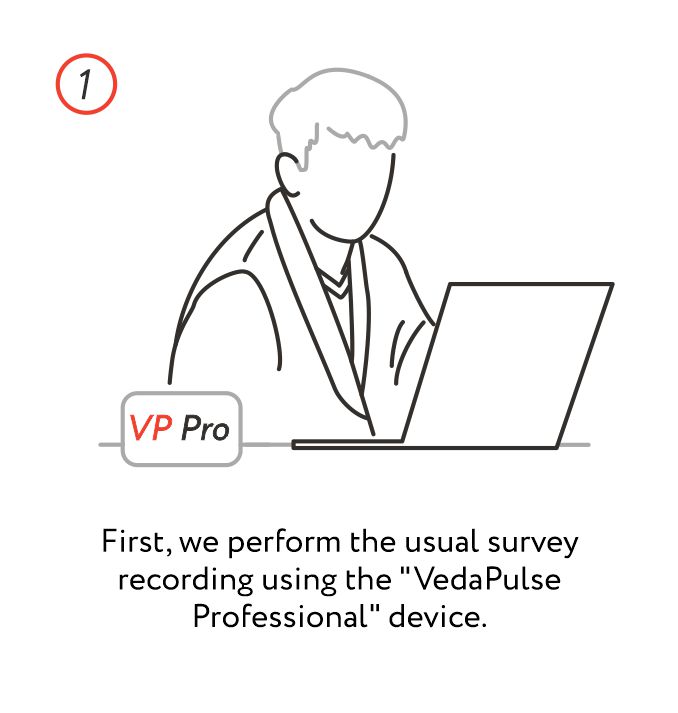 |
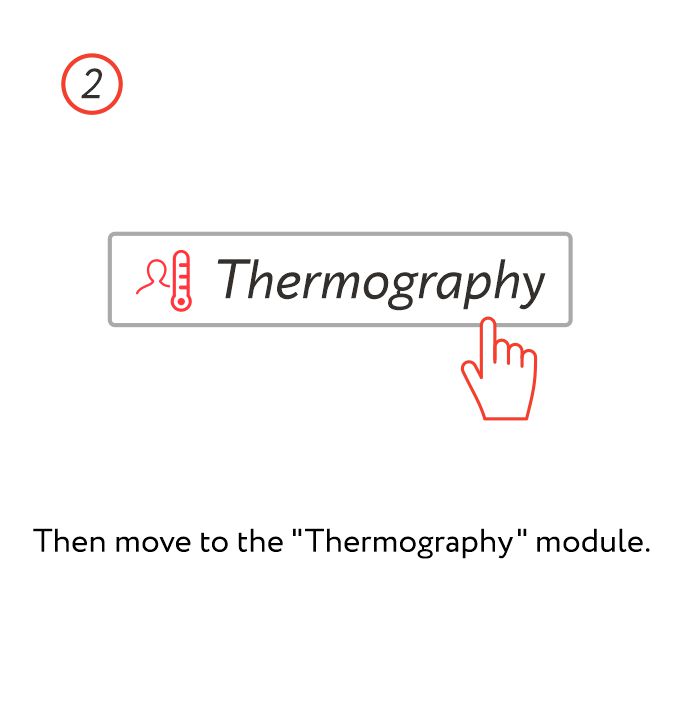 |
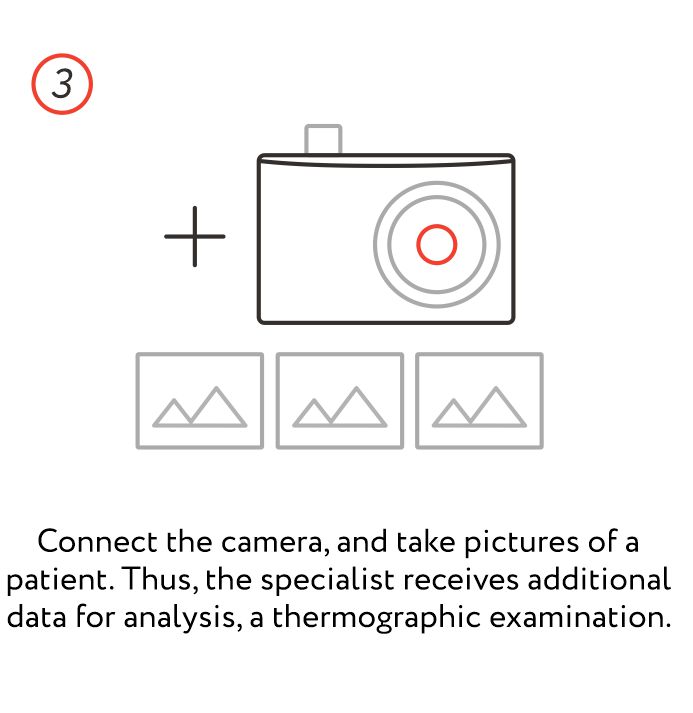 |
Thermography module:
1. Indices
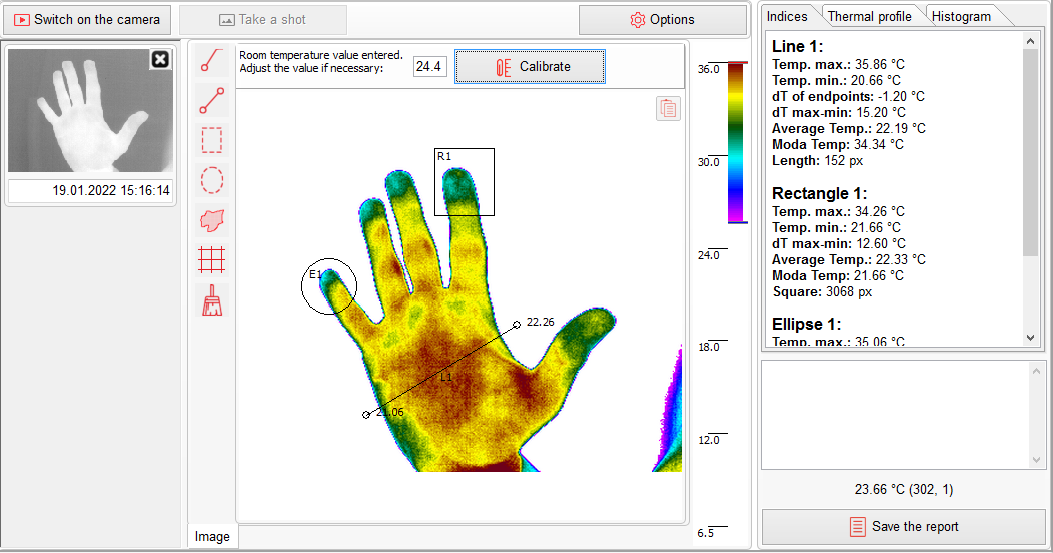
Generalized statistical information about selected zones.
2. Thermal profile
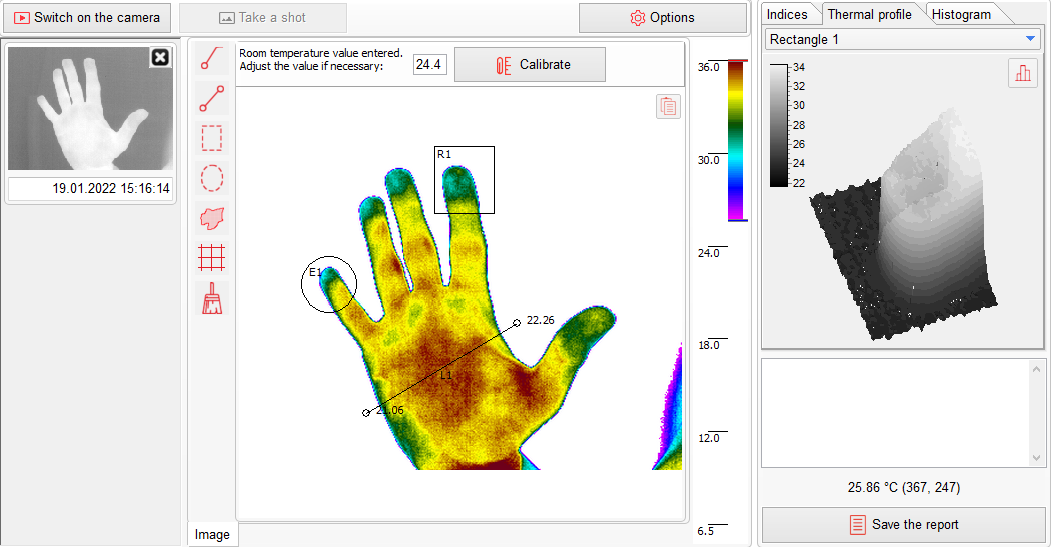
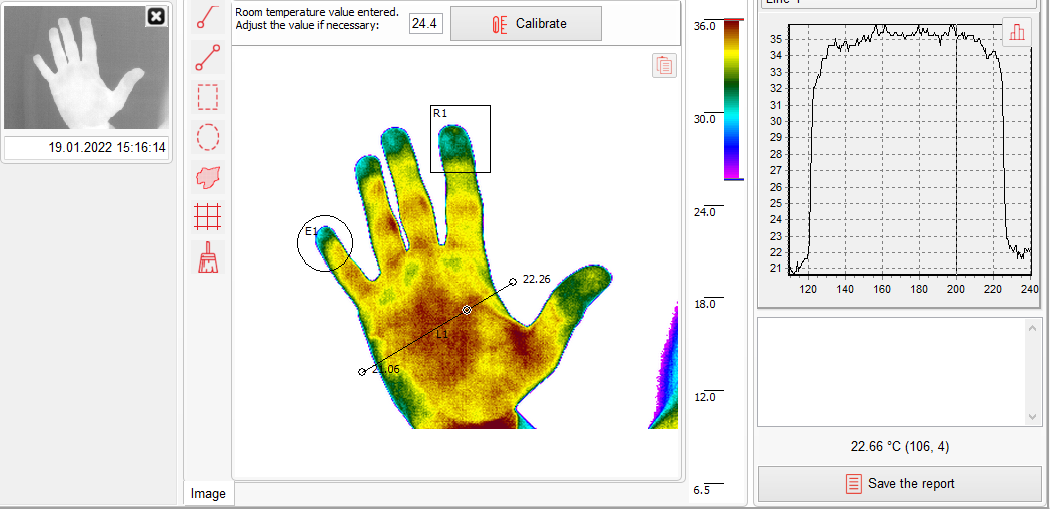
Temperature change along specified lines, either in the form of a curve or as a 3D model.
3. Histogram
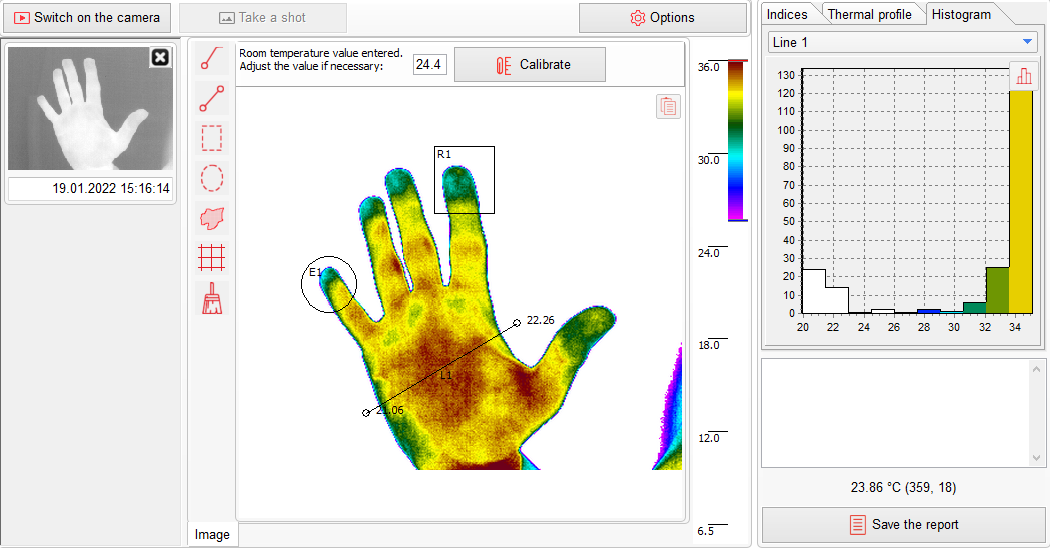
A graph based on data about points with a certain temperature.
- Login to post comments
User login
Last articles










